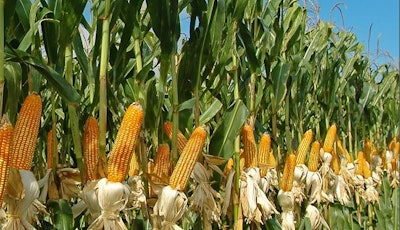
China Lowers Corn Use By 2 Million Metric Tonnes
China's agriculture ministry lowered its forecast for corn consumption in the 2019/20 crop year amid outbreaks of African Swine Fever (ASF) across the country.
The ministry reduced the corn domestic feed demand figure consumption by 2 million tonnes to 278 million tonnes due the proliferation in mortality rates of the domestic hog herd due to ASF.
ASF is fatal to pigs and does not harm humans. There is not a vaccine for ASF.
The Chinese Ag Ministry has reported that the country’s sow herd declined by a record 23.9% in May from a year earlier. Private estimates have a much larger drop.
China’s central government is also encouraging a reduction of corn acres in some areas in the far north region of the country into more soybean acres. This acres shift could reduce the estimated size of the corn crop by 920,000 tonnes to 253 million tonnes.
What It Means for the U.S. Farmer: At FBN we have always been skeptical of official Chinese government’s estimation of ASF related hog mortality rates and the impacts on feed use and we continue to be right. We believe that China’s reduced feed grain demand has the ability to negatively impact the U.S. soy producer more than the corn producer as China does not import U.S. corn.
French Co-ops Form Alliance to Challenge Russian Agricultural Exports
Three of France's largest agricultural groups have formed a grain export joint venture in an attempt to improve their competitiveness in overseas markets increasingly dominated by Black Sea producers like Russia and Ukraine.
Cooperative groups InVivo, Axereal and NatUp have established the Grains Overseas unit with the aim of shipping 4 million tonnes of soft wheat and feed barley per year outside the European Union.
The joint venture aims to handle 2.4 million tonnes in its first marketing season before reaching the 4 million level within two or three years.
Efforts by Russia to gain access to the Algerian wheat market, France’s largest wheat export market has helped accelerate this effort.
What It Means for the U.S. Farmer: At FBN, we believe that this development can be a negative for the U.S. wheat and feed grain export programs. We believe that the development of the French export entity has the ability to make the export prices of wheat and feed grains more competitive and can displace U.S. wheat and feed grain exports.
The risk of trading futures, hedging, and speculating can be substantial. FBN BR LLC (NFA ID: 0508695)










